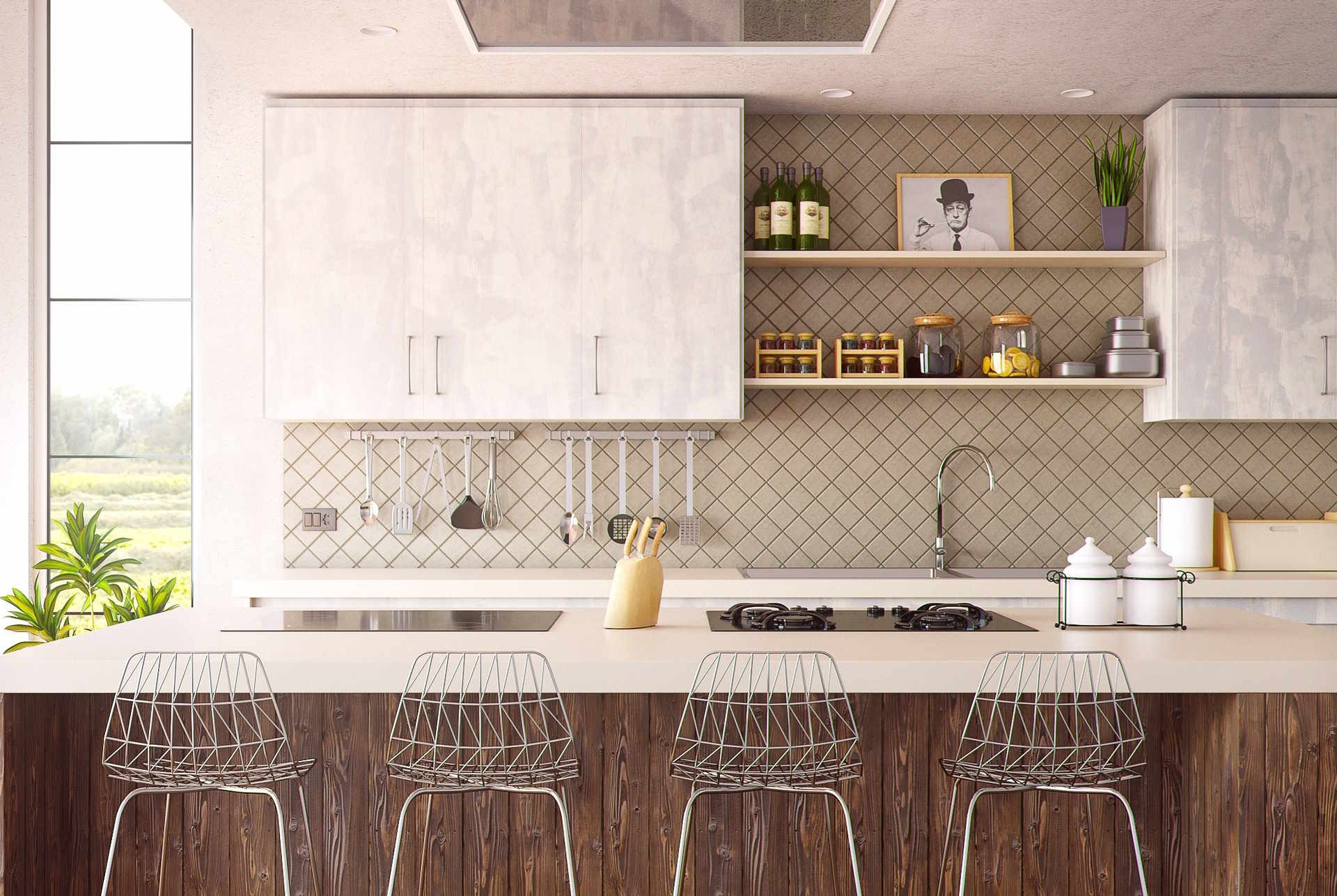Design principles for efficient culinary workspaces
An efficient culinary workspace balances function and comfort to support everyday cooking and occasional entertaining. Thoughtful layout choices, purposeful storage, and the right mix of appliances and utensils can reduce prep time, simplify cleanup, and make mealplanning more enjoyable. This article outlines practical design principles to improve workflow, organization, and sustainability in kitchen and dining areas.

An efficient culinary workspace starts with clear goals: reduce unnecessary movement, protect surfaces, and create intuitive zones for cooking, cleanup, and serving. Good design links spaceplanning and ergonomics so that appliances, cookware, countertops, cabinetry, and utensils are positioned to support common recipes and mealplanning tasks. By prioritizing organization and accessibility, kitchens can handle daily routines and occasional entertaining while minimizing environmental and physical strain.
How does spaceplanning affect ergonomics and appliances?
Thoughtful spaceplanning establishes kitchen zones—preparation, cooking, cleaning, and storage—so appliances are placed to support a smooth sequence of tasks. Positioning the refrigerator, sink, and cooktop within an efficient triangle is a common approach to reduce steps during meal preparation. Ergonomics also includes countertop heights that match the primary user and clear paths that allow multiple people to work without collisions. Integrating appliances like ovens, dishwashers, and microwaves at accessible heights reduces bending and stretching, which supports longer-term comfort and safety.
Designers should consider reach distances for frequently used items and leave generous clearance around appliance doors. Pull-out shelves, wall ovens, and drawer-style dishwashers can improve access, while consolidated appliance clusters save countertop space. When selecting appliances, balance capacity and energy efficiency with the workflow needs of those who cook most often.
What storage and cabinetry solutions improve organization?
Effective storage starts with organizing by task and frequency of use: everyday cookware and utensils near the cooktop, cutting boards and knives close to prep areas, and tableware near serving zones. Cabinetry should include a mix of deep drawers for pots and pans, adjustable shelving for plates and bowls, and pull-out organizers for spices and oils. Vertical storage, such as tall pantry cabinets, maximizes footprint and keeps bulk items tidy.
Insert dedicated zones for small appliances—coffee makers and toasters—so they do not crowd countertops. Utilize clear containers and labeled bins inside cabinetry to make ingredients and cookware easier to find. Good lighting and soft-close hardware enhance usability and protect stored items from damage.
Which countertops, cookware, and utensils support mealplanning and recipes?
Countertop material impacts durability and maintenance: choose surfaces that match cooking habits and cleanup routines. Durable materials resist heat, stains, and scratches to maintain a reliable work surface for chopping, rolling dough, and plating. Keep a well-curated set of cookware and utensils that align with common recipes and mealplanning needs—versatile pots, a well-balanced set of pans, a chef’s knife, and a selection of utensils reduce clutter and simplify choices.
Consider having a staging area for mealprep with cutting boards and prep bowls, plus accessible storage for recipe books or tablets. Group utensils by function—baking, sautéing, serving—so they are easy to grab during different stages of cooking. Replace or retire items that are rarely used to preserve space and clarity.
How can cleanup and sustainability be integrated into design?
Design choices that simplify cleanup also support sustainability. A well-placed sink and dishwasher with adequate loading space reduce the time and water needed for cleanup. Incorporating recycling and composting bins into cabinetry encourages waste separation and minimizes countertop clutter. Selecting durable materials and long-lasting appliances reduces replacement frequency and resource use over time.
Low-flow faucets, ENERGY STAR-rated appliances, and materials with repairable finishes contribute to lower operating costs and environmental impact. Easy-to-clean surfaces and minimal grout lines reduce need for harsh cleaners, supporting healthier indoor air. Integrating these choices into kitchen planning aligns daily habits with broader sustainability goals.
How does tableware and entertaining influence layout and organization?
If entertaining is frequent, incorporate dedicated storage and staging spaces for tableware, glassware, and serving pieces. A buffet or open shelving near the dining area streamlines plating and serving, while a clear landing zone by the entrance or dining table receives trays and guest items. Organization that separates everyday dishes from special-occasion pieces reduces handling and protects delicate items.
Flexible layouts—such as movable islands or extendable countertops—provide temporary workspace when hosting. Consider traffic flow between kitchen and dining areas to ease food transport, and ensure clear sightlines so hosts can engage with guests while finishing mealprep.
What role do utensils and small design choices play in workflow?
Small details add up: well-placed utensil holders, knife rails, and magnetic strips keep frequently used tools visible and accessible, cutting seconds off repeated tasks. Drawer inserts tailored to utensils and knives prevent jostling and extend tool life. Thoughtful lighting—task, ambient, and under-cabinet—improves visibility for precise work and safety.
Plan for adaptability: modular inserts, adjustable shelving, and multiuse furniture allow the kitchen to evolve with changing recipes and household needs. Regularly assess which utensils and gadgets are used versus those that gather dust, and streamline storage to keep the most useful items within easy reach.
Conclusion Designing an efficient culinary workspace combines practical spaceplanning, accessible storage and cabinetry, suitable countertops and cookware, and attention to ergonomics and cleanup. Integrating sustainability and entertaining needs into the layout helps kitchens perform well for everyday meals and social occasions. Small, intentional decisions about appliances, utensils, and organization create a kitchen that supports clear workflows, reduces strain, and adapts to changing routines.





